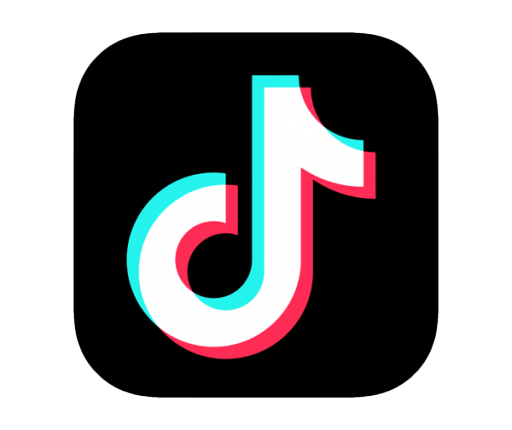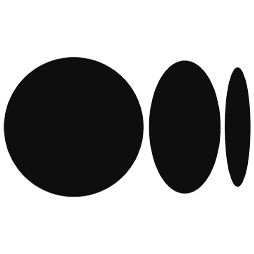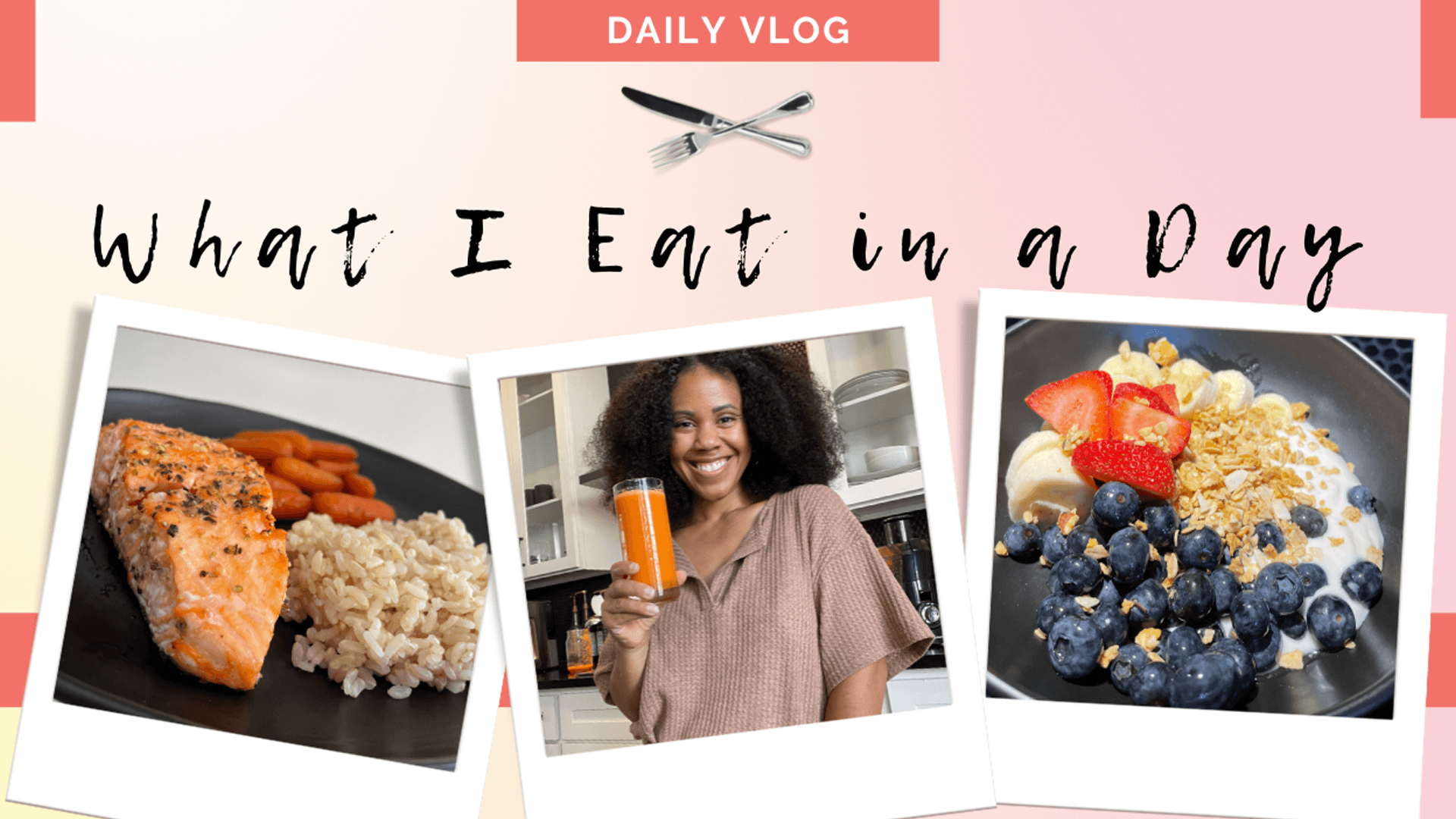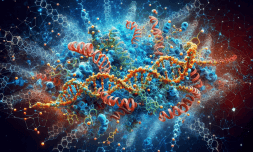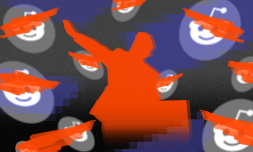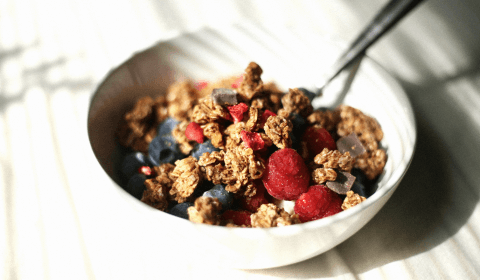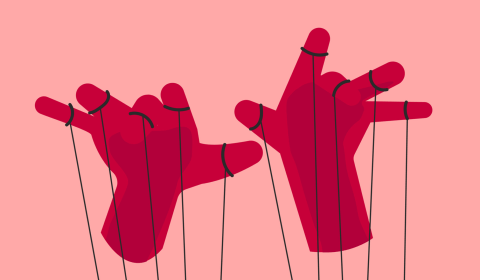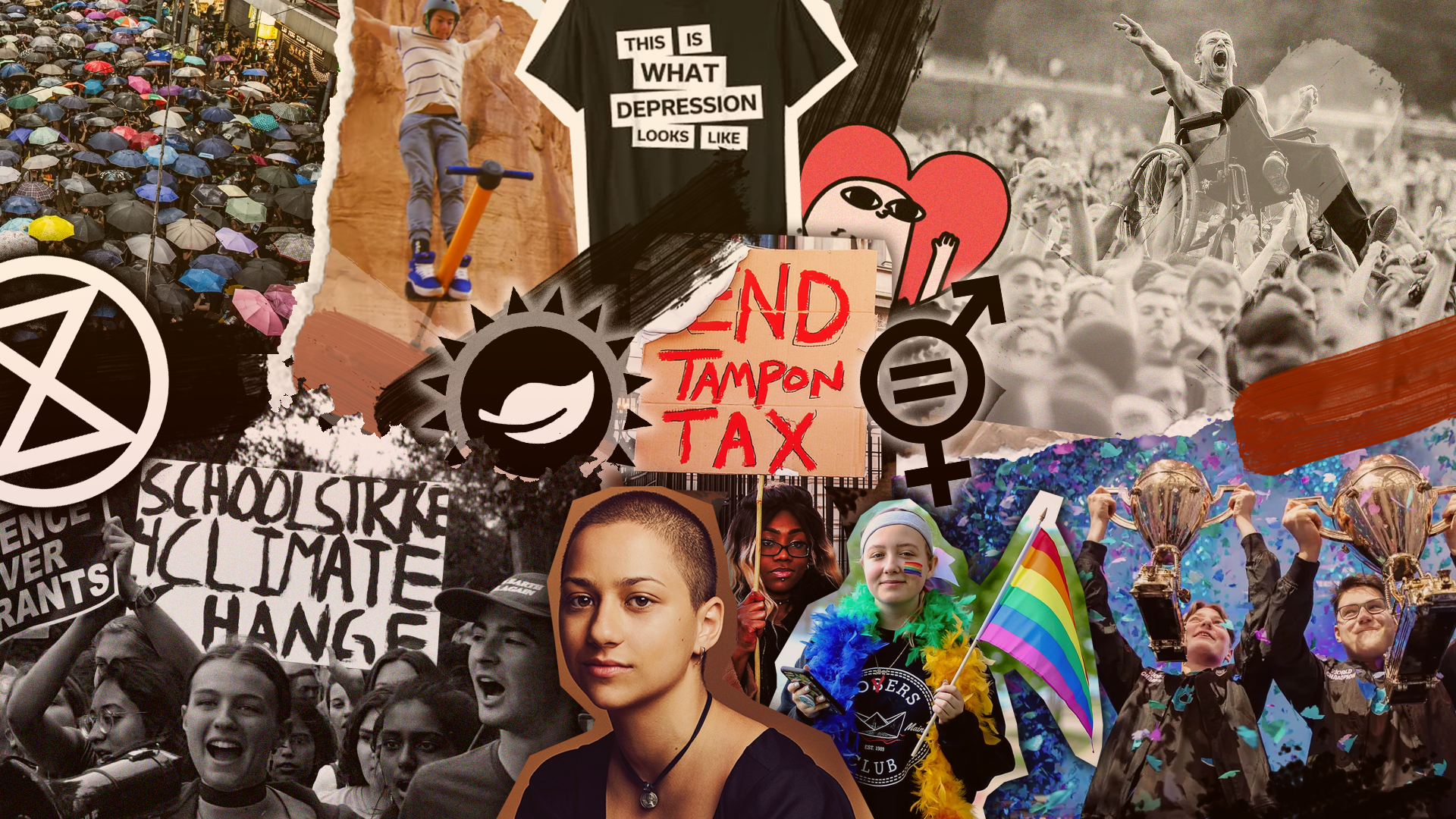The trend of sharing our daily meals invites harmful diet tropes, unhealthy comparisons, and a general disillusionment with food. So why can’t we escape ‘What I Eat in a Day’ videos?
There’s a peculiar flavour to modern voyeurism, and it comes in the form of meal vlogging.
Otherwise known as ‘What I Eat in a Day’ videos, food content has emerged as social media’s answer to an appointment with the nutritionist, offering an unsolicited peek into the daily plates of influencers, celebrities, and strangers who double as culinary exhibitionists.
But the question that continues to bug me, as I’m served my fourteenth meal prep TikTok of the morning, is not what these people are eating, but why we’re so obsessed with watching.
Frankly, I’m fed up with all of it. These videos are most often shot in clean, modern kitchens, and begin with body shots of uber toned, athletic women in expensive pilates outfits. Breezy captions abound about ‘feeding the soul’ and ‘fueling your body’, but they mask a more insidious undercurrent.
It doesn’t take a genius to figure out that after watching countless skinny, conventionally beautiful people add cottage cheese to a recipe (that most definitely does not require cottage cheese), we’re bound to start feeling terrible about our own realistic diets.
‘What I Eat in a Day’ videos are a breeding ground for toxic comparisons, and are – I believe – the main driver behind the revival of dangerous diet culture.
It might say something about my own algorithm, but every daily food diary I’m fed on social media follows a similar pattern; a morning oat latte or (even better!) a ceremonial grade matcha, followed by overnight oats, a protein-rich salad, and grilled chicken or fish with vegetables and grains for dinner. Dessert is usually composed of 85% dark chocolate, fruit, or – everyone’s latest favourite – the medjool date.
Comment
byu/crysthole from discussion
insnarkingwithremi
That’s not to say this kind of diet isn’t healthy. It’s great to see young people embracing wellness and ditching pints for pilates. But there has to be some kind of limit to the amount of wholefoods and adaptogenic powders we can scarf down on a weekly basis.
The problem with social media is that it only shows a highlight reel of our everyday reality. And that often means cutting out any evidence of an unhealthy diet. Realistically, we all indulge in processed foods and sweet treats. But this balance is rarely shown on the internet, perpetuating a cycle of shame on those who eat in a – let’s face it – entirely normal manner.
With the inclusion of a cliche ab shot, this content sends the silent message that if you eat like this, you’ll look like this. And it’s that association between diet and bodily aesthetics that upholds damaging diet fads the world over.
Dietitians and mental health professionals have repeatedly rung the alarm bells, highlighting how ‘What I Eat in a Day’ videos foster disordered eating habits and exacerbate bodily dissatisfaction.
Alex d’Elia, a functional and integrative dietitian who specialises in mental health, has argued that this trend flourishes because of our desire to be told what to do when it comes to food. ‘Nutrition can be so confusing, so seeing what someone perceived as ‘an authority’ [eats] hits that pleasure point.’
It’s also down to the addictive format of reels and photos, d’Elia says. ‘As a society, we have become incredibly visual, so if someone shows us a video of what to do, it will be more enticing and engaging.’
But it’s not as if this content has only flourished in the age of social media. ‘What I Eat in a Day’ has been a phenomenon for decades. As far back as the 1950s, magazines like Pageant were publishing interviews with huge stars like Marylin Monroe to provide glimpses at what Hollywood was eating.
The trend has only grown with the rise of blogging, and now vlogging.

‘What I Eat in a Day’ formats now promise huge levels of engagement for content creators. The #WIEIAD hashtag has amassed over 12.8 billion views on TikTok alone.
Besides promoting an unrealistic standard of healthy living, these videos can have life threatening impacts for those suffering with disordered eating or severe mental health issues.
‘Many […] are promoting diet culture and disordered eating behaviours’ said Chelsea Kronengold, Communications Manager for the National Eating Disorders Association. ‘When watching these videos, people may become self-conscious and anxious about what they eat in a day, compared to these curated videos.’
And while they may be created with good intentions, nutritionist Rhiannon Lambert says that what one person eats – no matter how healthy or sustainable – may not be right for another.
When calorie counting gets involved, things get even more slippery. A 2000 calories per-day marker isn’t a one-size-fits-all, so encouraging certain people to cut back on their daily intake could have dangerous consequences, besides the mental toll it can cause.
So yes, I’m fed up with ‘What I Eat in a Day’ videos. Delicious food and beautiful kitchens, washboard abs and fresh gym leggings may be nice to look at. But is there nothing else to talk about online? Reclaiming our relationship with food means rejecting the pressure to perform it. I’d hazard a guess that 99.9% of us aren’t eating quinoa and broccoli every day. And that’s okay.
After all, food is meant to be savoured. When we start scrutinising it, we suck the joy out of everyday living. The most nourishing thing we can consume is the freedom to eat, without comparison, justification, or an audience.





